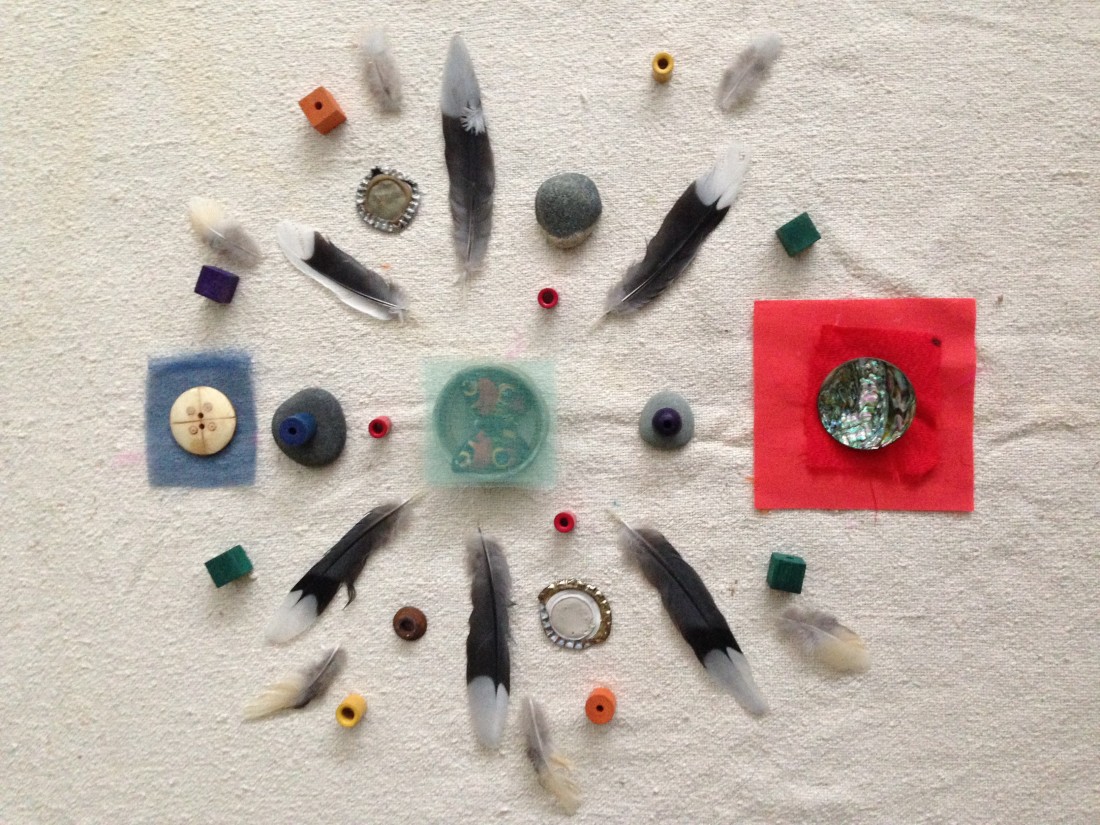Remember the Butterflies
It is good to remember that there are seasons in which the butterfly seems to disappear.
Leaves wither, the sere ground catches the last of the roses like a cold uncle at the wedding; ice and snow drive into the ground. Then when we think we can’t wait another minute, mud oozes up, and from its dank surprise, fragile shoots of green. If we think of the butterfly at all in these cold months – and mostly, we don’t – it is as a vacancy in a bleak visual landscape, a joy whose name we have quite forgotten. We don’t think of the butterfly because, really, what need have we to – we, with our thick blankets, our imported flowers, our many ruses for replacing the diversions of wealth and expensive toys for the real thing.
We learn, don’t we, only when the bees and the crops begin to fail.
So, now, what are we to do? I hear this question at least a dozen times a day these days in a political landscape as desolate as deep winter in New England. We have been foolish, unaware, heedless of the predators hidden in the high places. In our various distractions, we forgot the necessity of a vibrant habitat for the delicate presence of hope and transformation. We reduced its open and imagined that we could create museums of butterflies for our children to fill the void.
If the falling of the leaves has brought any blessing, it is that the predators are now in (mostly) plain sight.
What are we to do?
We remember: The butterflies are not gone; they are merely dormant.
Just today, a friend said that she has decided she is in this “for the long haul.” By “this,” she means our public life. By “the long haul”, she means that she recognizes the need to do more than just show up at a few marches.
She understands the need to dig deeper into native soil again. To form watch groups and safe havens for the new seeds and eggs that will appear. It means preparing nectar and studying and attending to the ways of a kind of life we had taken for granted. It is a good time to teach the young how to do so, too, for the sake of their survival.
The brilliant theologian of contemplative prayer, Martin Laird, tells a story of walking out one night and seeing four dogs in the fields with their master. Three of the hounds ran at full tilt in the open air, joyful with the taste of their freedom. The fourth dog stayed very close to the man’s legs, and did nothing but circle its master, endlessly. When Laird asked, the man explained that this dog has spent its early life confined to a cage. For him, freedom meant running in circles. It was all he knew.
The butterflies are not gone; they are merely dormant.
They will return, so long as our first act each day is to remember them, and to refuse the cages — the worry and fretting and obsessing — that keep us running in circles, at the cost of our freedom.





No Comments